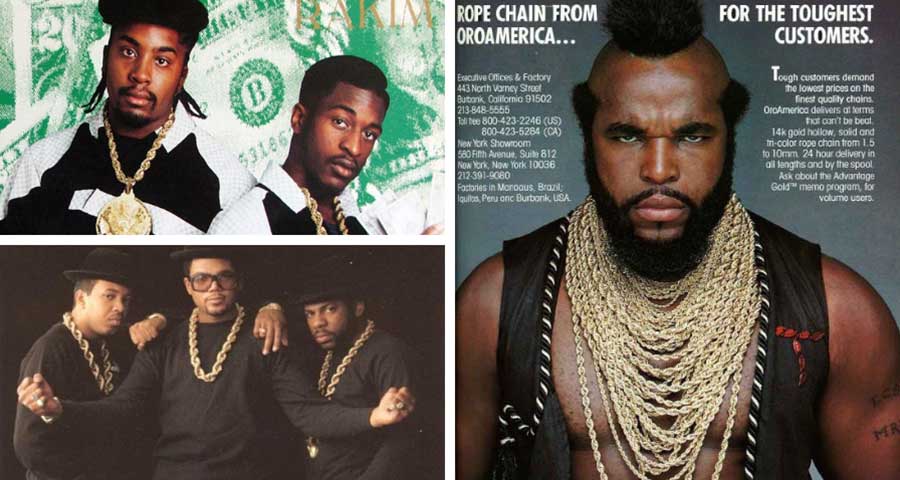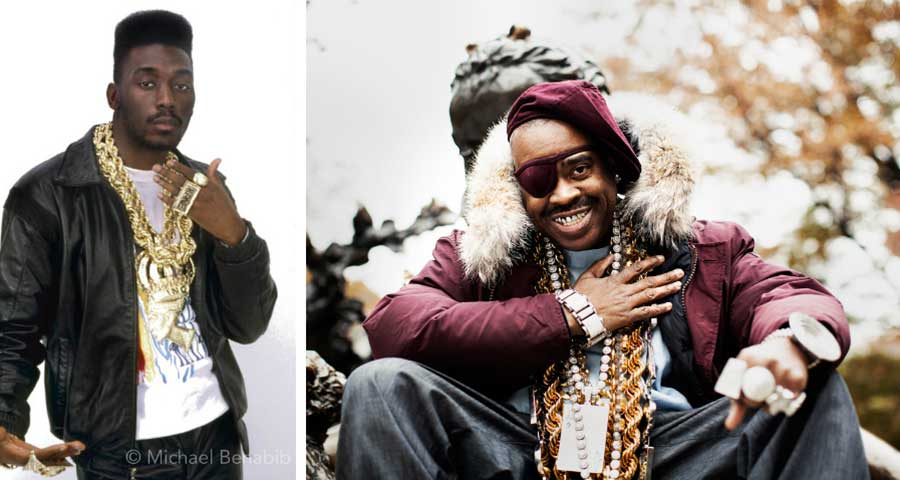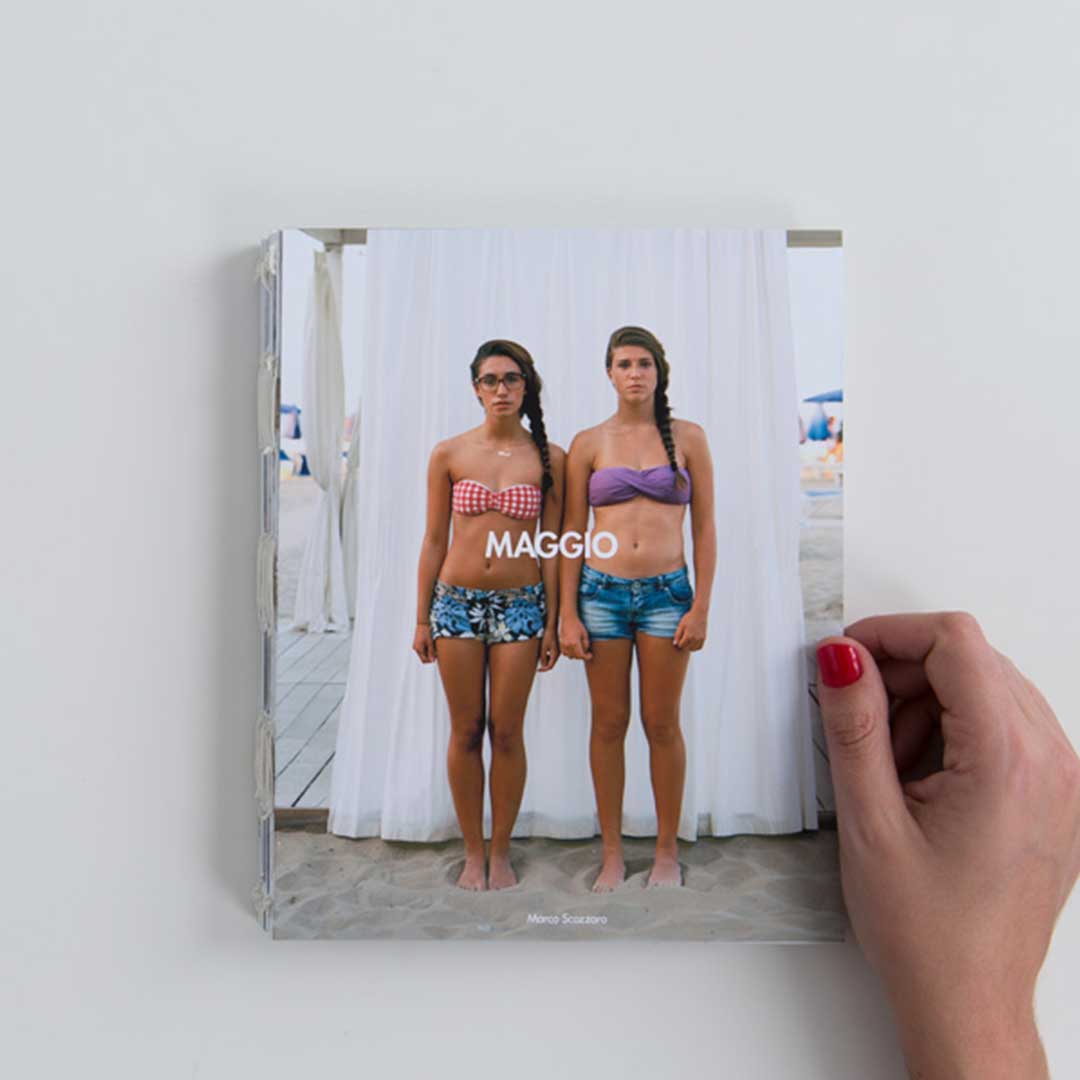80s hip hop fashion made a bold statement: gold chains arrived to stay.
When it comes to hip hop fashion disasters and accessories, the gold chains are a cornerstone, along with the hats. Perhaps, they’re the most recognizable clothing-related item for the urban community.
They made their official appearance on the scene around 1983. Most rappers back then, in the wake of a more minimal and hardcore music than the “party/social rap” of the origins, abandoned the gang/space aesthetic of the origins.
Style icons and performers like the Furious Five, Afrika Bambaataa and Grandmaster Caz, began to be replaced by the inspiration coming from the outfits of the neighbourhood’s hustlers. No wonder if the street-infused approach was also glorified by movie stars like the legendary Mr T, of A-Team series fame, or sports idols like Mike Tyson.
Rugged yet smooth fashion: a status symbol or a state of mind?
A mere symbol of hedonism and, undoubtedly, a synonym of social and entrepreneurial success for street children, the gold chains never went fully out of fashion since then.
They resisted even the wave that saw many, in the period between 1989 and 1991, try to put it aside by wearing conscious leather medallions with the image of Africa.
In the magical world of hip hop fashion, rocking those pieces of gold has become an integral part of the urban scenario and mentality, somehow, launching often questionable styles that have however left their mark.
Let’s have a look at these fascinating style statements, shall we?

From Mr T to Run DMC and Rakim, how hip hop jewellery was born?
A dookie chain isn’t a Cuban link: rocking gold chains is a science.
Wearing the chain, in rap culture, is a lifestyle: it is the way in which it is worn that defines the owner. And the ability to keep it on yourself, too: in the Eighties, beatdowns and stolen gold chains were almost the routine, so if you were rocking a piece, you were supposed to undertake it. By any means.
It shouldn’t be surprising that, over the years, different ways of wearing these pieces have developed. Welcome to the so-called “rocking the chain” game. This primer, duly illustrated, is useful for those who want to deepen the science.
Let’s start with the “old school” chain, or the dookie chain, also known as “the rope“. This is the original fashion, the one that had many aces of the old school as its standard-bearers, from Run DMC (probably the first to popularize the chain at a mainstream level) and LL Cool J to Big Daddy Kane and Rakim, just to name a few.

Rappers Too $hort and Eazy E wearing gold chains flawlessly, alongside iconic Biz Markie
The dookie chain, the twisted, 10-Karat gold “empty” chain, so dear to the likes of Too $hort and Biz Markie, among others, has its peculiarity in versatility. It can be worn indifferently with the ultra-classic acetate suit, the Cazal glasses or the Kangol hat. The Cool J or Cool C-way, for instance.

LL Cool J vs Cool C: who was rocking the dookie chain better?
Otherwise, the dookie is intended to be rocked with a pinstripe suit, a leather jacket, or with fur, according to the dictates of BDK or legendary hip hop fashion icon Slick Rick, for example.

Slick Rick gold chain approach vs Big Daddy Kane: rocking gold, leather jackets and fur
Since the 90s, hip hop fashion was built for Cuban links…
The natural evolution of the “old school chain” comes with the so-called “Cuban links”. The gold wire has lost its “chunky” appearance to become flattened and tightly intertwined.
This style, other than giving the name itself to one of the most classic and influential hip hop albums in urban history, keeps the weight and the prerogatives of the old school versatility when it comes to matching attires.
A wide range of styles: the essence of hip hop in gold chains.
Cuban links, like their 80s counterparts, also lend themselves to a wide array of styles.
Remarkably, most braggarts came first, when appropriate. Like the time when Jay-Z, in a fit of total bad taste, showed up like this, with an allegedly 5-kilos Cuban link on him.
In contrast to the rather “grandiloquent” approach shown above, over the years some other rappers have chosen the low profile (relatively, obvious), bringing to the fore what for convenience we will call the “light” chain. Among the major supporters of this style, we remember the late great Pimp C.

Whatever happened in the 90s kept happening: the Y2K rocking schools of thought.
In the same fashion as in the 90s, in the Y2ks we have the same two approaches to hip hop jewellery. The attraction of the gold chains on rappers stays untouched. Look at the minimal trap-chic rocking game from Young Jeezy, one of the most obsessed by hip hop style of his own generation.
Despite some limitations in terms of taste in general, many other rappers of the latest generations are quite “on point”, as far as jewels and chains are concerned. Think of the likes of Drake, Kendrick Lamar or Big Sean, as they’re always keen on fashion.
The whole phenomenon is already more interesting when it concerns the otherwise “baroque” styles of Whiz Khalifa, Future or Gunplay, so to speak.
Initially underestimated, the light chain, much thinner than the classic one, has gained more space and traction over the years, often simply as a stylish accessory in itself, but also and above all in conjunction with oversized pieces and iced down medallions.
…and elevated by unforgivable iced down medallions, kid.
And here we come to the “exaggerated” chain, which a few years ago, on the basis of the excesses of many Southern rappers, made a big bang, towards the end of the golden age of tight trousers. How to forget (and forgive) the “iconic” chains rocked by Rick Ross, T-Pain, or Gucci Mane?

Rick Rock and T-Pain big chains: worst hip hop fashion statement?
Avoid being tacky or nerdy, dude: you won’t gain any traction.
A remarkably useless sub-category of chain-rockers is the “tacky-nerd” one, which has excellent examples of an exaggeration. This sub-set, unfortunately, includes too many “Mr Nobody” looking for notoriety and attention, who do not deserve to be named anyway. I will only mention two names, the useless Yung Berg and Tyga. You do the math.
They have nothing to see, for instance, with the magnificent ignorance shown by Noreaga in his prime.
The medallion means everything: from going all out for your crew…
In the case of the exaggerated chain, it is the medallion that determines the final effect, which is certainly not aimed at subtlety. Just ask the champions of the “heavy” style of New York, the aforementioned Slick Rick and new school undisputed hip hop fashion icon Ghostface Killah.

Shaolin’s own GFK and bold styles are a match made in heaven
In addition to the rough medallions per se, we also find medallions that we will call “belonging” stuff. In this sense, the “official” crew chains represent some of the most iconic examples of (terrible) jewellery ever seen.
To name just the most famous, we remember Jay-Z’s now deceased Rocafella medallion, Dr Dre and Suge Knight’s classic Death Row, Rick Ross’s Maybach Music Group and the immortal ones of No Limit and Cash Money, the very same that our friends at Armabillion Recordz love.

Reppin’ the crew with jewellery: hip hop fashion statements
All of these have left an indelible mark (and if you’ve never seen them you’ve lived in caves, for the past 20 years), but none compare to the G Unit’s amazing ‘spinner’ medallion chain, the one that rotated in all the videos of 50 Cent and companions, to understand …

…to rocking your status through a glamorous Jesus piece.
Obviously, the medallion, other than showing off your spending power and social status, can be used to make a “political statement“. At least in a broad sense, and this is the realm of the “religious” chain.
Over the years, we have seen chains that highlighted important positions, such as the “neo-Egyptian” ones of Nas or Kanye West, or even those of “5 percenter” derivation of The RZA.
In this category, however, nothing can compare to the so-called “ Jesus piece “, or the big head of Jesus (almost always in solid gold) that many rappers have shown in photos. The MVP of the category is possibly Ghostface (spitting lines like “Yeah nigga, yeah I had my, I had my Jesus piece since ’94“).
The religious chain is normally less crude than others (unless it is of an awkward size), but here too there are exceptions: the Cappadonna champion recently showed off with a gold and platinum medallion chain depicting the Last Supper. Anyone can beat it?











